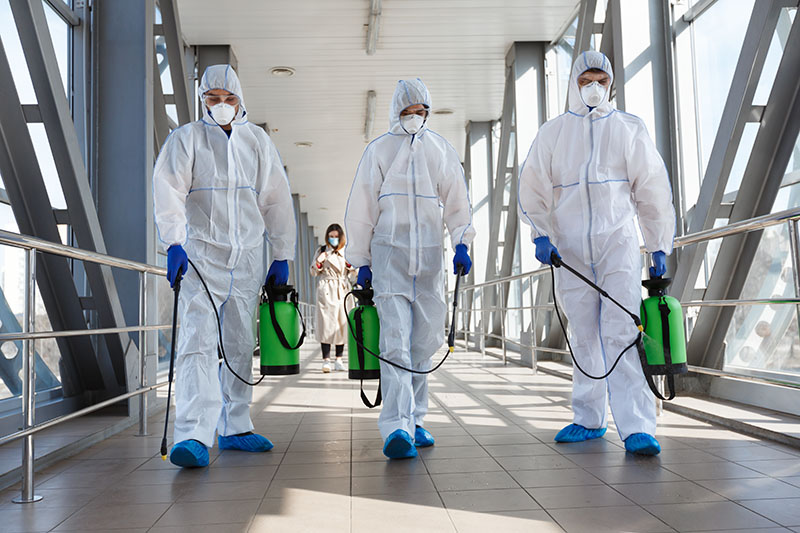By Eloisa Lopez and Adrian Portugal
LOS BANOS, Philippines, March 23 (Reuters) - Researchers
wearing headlamps and protective suits race to untangle the
claws and wings of bats caught up in a big net after dark in the
Philippine province of Laguna.
The tiny animals are carefully placed in cloth bags to be
taken away, measured and swabbed, with details logged and saliva
and faecal matter collected for analysis before they are
returned to the wild.
The researchers call themselves the "virus hunters", tasked
with catching thousands of bats to develop a simulation model
they hope will help the world avoid a pandemic similar to
COVID-19, which has killed nearly 2.8 million people.
(Open https://reut.rs/2OYdIHh in an external browser to see
a picture story on the Philippine bat "virus hunters".)
The Japanese-funded model will be developed over the next
three years by the University of the Philippines Los Banos,
which hopes the bats will help in predicting the dynamics of a
coronavirus by analysing factors such as climate, temperature
and ease of spread, to humans included.
"What we're trying to look into are other strains of
coronavirus that have the potential to jump to humans," said
ecologist Phillip Alviola, the leader of the group, who has
studied bat viruses for more than a decade.
"If we know the virus itself and we know where it came from,
we know how to isolate that virus geographically."
Beyond work in the laboratory, the research requires lengthy
field trips, involving traipsing for hours through thick
rainforest and precarious night hikes on mountains covered in
rocks, tree roots, mud and moss.
The group also targets bat roosts in buildings, setting up
mist nets before dusk to catch bats and extract samples by the
light of torches.
Each bat is held steady by the head as researchers insert
tiny swabs into their mouths and record wingspans with plastic
rulers, to try and see which of the more than 1,300 species and
20 families of bats are most susceptible to infections and why.
DEVASTATING IMPACT
Researchers wear protective suits, masks and gloves when in
contact with the bats, as a precaution against catching viruses.
"It's really scary these days," said Edison Cosico, who is
assisting Alviola. "You never know if the bat is already a
carrier.
"What we're after is finding out if there are any more
viruses from bats that can be transmitted to humans. We'll never
know if the next one is just like COVID."
The bulk of those caught are horseshoe bats known to harbour
coronaviruses, including the closest known relative of the novel
coronavirus.
Horseshoe bats figure in two of the scenarios of World
Health Organization experts investigating the origins of the
SARS-CoV-2 virus that causes COVID-19.
Host species, such as bats, usually display no symptoms of
the pathogens, although they can be devastating if transmitted
to humans or other animals.
Deadly viruses to have originated from bats include Ebola
and other coronaviruses, Severe Acute Respiratory Syndrome
(SARS), and Middle East Respiratory Syndrome (MERS).
Humans' exposure and closer interaction with wildlife meant
the risk of disease transmission was now higher than ever, said
bat ecologist Kirk Taray.
"By having baseline data on the nature and occurrence of the
potentially zoonotic virus in bats, we can somehow predict
possible outbreaks."
<^^^^^^^^^^^^^^^^^^^^^^^^^^^^^^^^^^^^^^^^^^^^^^^^^^^^^^^^^^^
GRAPHIC: Bats and the origin of outgbreaks https:// IMAGE story https://reut.rs/2OYdIHh
^^^^^^^^^^^^^^^^^^^^^^^^^^^^^^^^^^^^^^^^^^^^^^^^^^^^^^^^^^^>
(Writing by Martin Petty; Editing by Karishma Singh)
